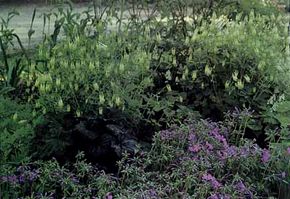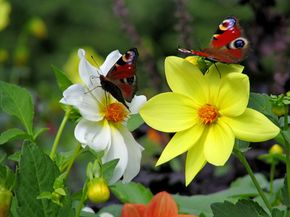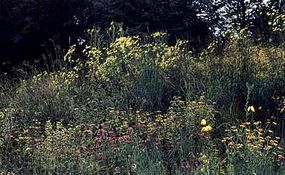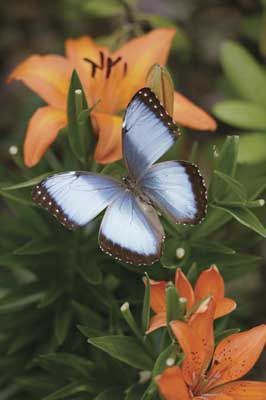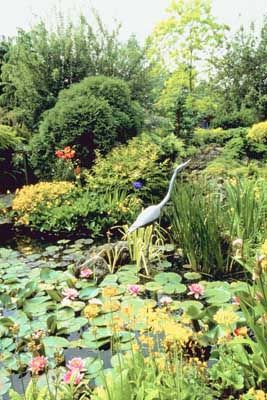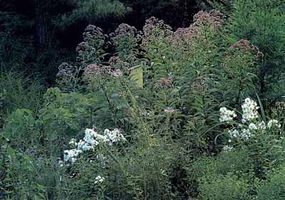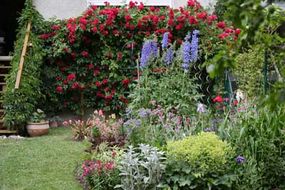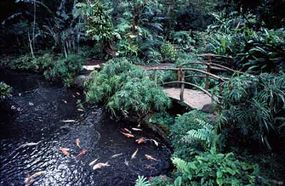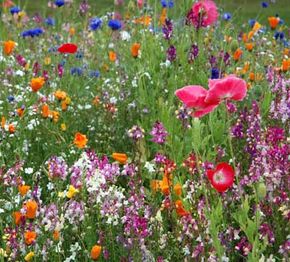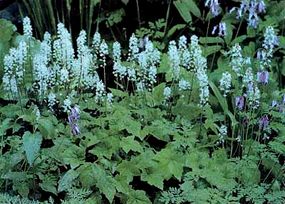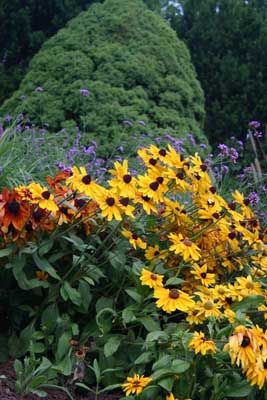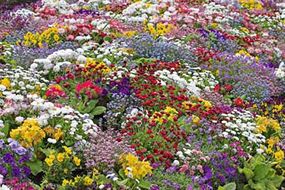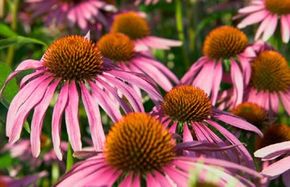As a home gardener, one of your garden ideas may be to transform your backyard into a habitat garden -- a small haven for visiting wildlife. When you create a habitat garden, you'll be treated to the presence of a hummingbird, bluebird, or even a monarch butterfly. Birdsong and brightly colored butterflies not only add beauty to the environment, but they also make the garden seem more like a natural refuge.
When building your habitat garden, you'll do best to grow the fruits, berries, and flowers that make up the natural diet of the species you'd like to attract. Water is also a must, whether the source is a natural brook, a small fountain, or simply a birdbath.
Advertisement
It's also important to provide the wildlife with a secure environment by including plant and landscape elements that provide hiding and housing. This natural approach benefits the animals, as their normal behavior patterns and diet aren't changed by enjoying the resources of your habitat garden.
Cultivated varieties of native wildflowers combine well with each other in this habitat garden. Aquilegia canadensis Corbet and Heuchera Montrose Ruby are, respectively, pale-flowered and purple-leaved forms of a plant that occurs naturally with red-and-yellow blooms and medium-green leaves. Phlox stolonifera Pink Ridge completes the picture for an area that is both lovely to look at and attractive to hummingbirds.
A butterfly garden flutters with beauty and color. Learn more about this habitat garden idea -- and view some beautiful photos -- on the next page.
Looking for more gardening ideas? Try:
- Color Theme Garden Ideas
- Cottage Garden Ideas
- English Country Garden Ideas
- Foliage Garden Ideas
- Fragrant Garden Ideas
- Garden Ideas
- Gardening
- Natural Garden Ideas
- Rock Garden Ideas
- Traditional Shade Garden Ideas
- Water Garden Ideas
Advertisement
